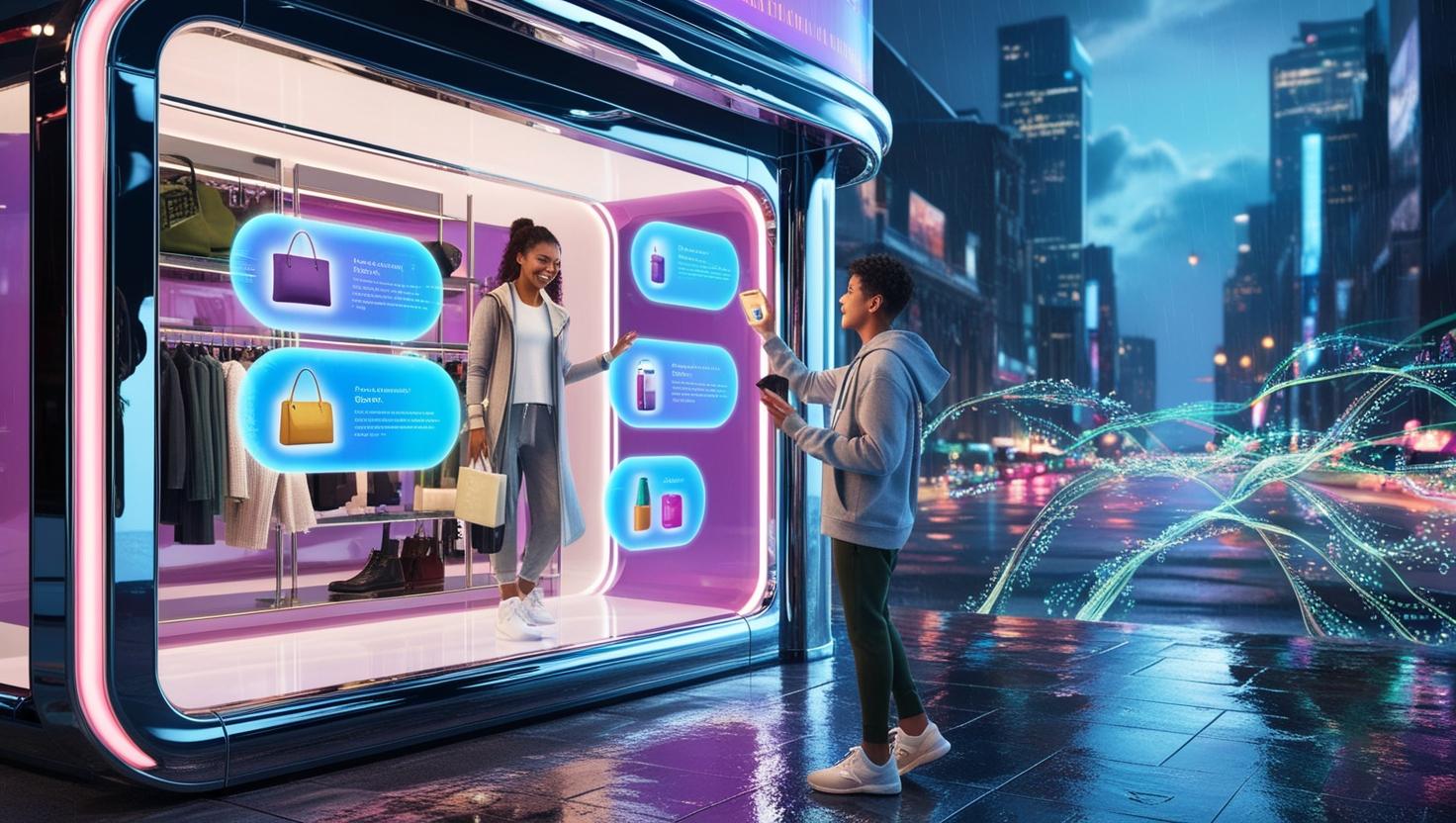Providing seamless omnichannel shopping journeys is critical for modern retail success. Customers expect unified experiences across all touchpoints – from browsing online to checking out in stores. Cloud platforms provide the capabilities retailers need to make this happen.
Benefits like centralized data, flexible scalability and strengthened security allow retailers to break down channel barriers. This empowers exceptional connected journeys matching rising consumer expectations.
Why Omnichannel Matters in Modern Retail
Shopper behaviors and preferences have vastly changed. The digital realm is integral to retail now. Most customers browse products online before visiting stores. Many add items to in-store carts from a retailer’s mobile app. Others buy online then elect to pick up purchases in stores.
This blend of digital and physical requires unity. Retailers must connect data and experiences across all channels. Succeeding here is crucial for brands today.
Failing to deliver omnichannel retail heavily impacts organizations. Consumer frustration damages brand loyalty and sales when siloed systems obstruct cooperation between channels.
In contrast, retailers getting omnichannel right see substantial benefits:
- Increased customer satisfaction from frictionless experiences
- Heightened lifetime value as shoppers use more channels
- Greater wallet share by meeting more buying needs
- Competitive differentiation as experiences outpace peers
Connecting channels also unlocks valuable customer data for personalization and analytics – fueling greater relevancy and conversion.
Cloud Platform Benefits for Enabling Omnichannel Retail
Transitioning systems to the cloud brings key advantages for retailers to execute omnichannel successfully.
Centralizing data consolidates consumer information into a single view for consistency across touchpoints. Scalability handles fluctuating traffic volumes that disrupt channel connectivity. Strict cloud security protects sensitive shopper data. Combined, these powers help retailers remove channel barriers.
Explore Our Cloud Services at a Glance
Connecting You to the Cloud Effortlessly!
Centralized Data Drives Personalized Omnichannel Experiences
Legacy on-premise infrastructure causes information silos. When data is fragmented across repositories, it hinders personalized experiences. One channel can’t see what happens in others.
Transitioning systems like inventory, orders and customer profiles to a cloud data platform fixes this. Consolidating information creates a single source of truth about every shopper.
With data integrated from all touchpoints, retailers gain complete visibility into each customer’s interactions history. This powers personalized cross-channel experiences like:
- Consistent product suggestions across website, apps and stores based on purchase history
- Familiar account details, preferences and details persisting across channels
- Nahtlos loyalty program progress syncing across channels
- Targeted offers by email for recently browsed items
Unified data also enables better analytics – from purchase analysis to demand forecasting.
Scalability Handles Traffic Spikes and Seasonal Shifts
Shopping patterns fluctuate heavily across seasonal peaks and low-demand periods. Traffic often spikes around holidays, new product releases, sales events and more – then declines after.
Cloud platforms readily scale compute and storage capacity up or down on-demand. This fluid flexibility handles variable retail traffic needs in a cost-efficient manner not possible on-premise.
With infinite cloud capacity available, retailers can instantly add servers to accommodate demand spikes. Preventing slow loading web pages and sluggish mobile apps during high-traffic events.
Likewise, scaled down resources during slower periods minimizes costs. Retailers only pay for cloud servers needed at a given time.
This scaling maximizes retailer agility. Launching new omnichannel initiatives no longer requires costly on-premise infrastructure with excess idle capacity most of the year. Cloud aligns spending directly with business needs.
Advanced Security for Safeguarding Consumer Data
Security is paramount for retailers that handle highly sensitive customer data – from financial information to personal details. Cloud providers implement rigorous security most retailers struggle matching internally.
Measures like encryption, network security rules, granular access controls and advanced threat monitoring create a formidable security barrier for cloud data. This mitigates external threats like malware attacks and internal risks such as unauthorized data access.
Consolidating data within cloud vaults also reduces retailers’ vulnerability footprint. Fewer on-premise servers storing valuable data means fewer potential access points for attacks. This “shrinks the attack surface” considerably.
In cloud platforms, retailers gain a hardened security stack operated by dedicated provider teams. Expert cloud security skill sets and resources are included – difficult for retailers to justify internally.
Frequently Asked Questions
Q. How does the cloud support omnichannel order fulfillment?
A. Cloud platforms provide a real-time centralized inventory view across all channels, stores and warehouses. This helps retailers effectively locate and commit stock to fulfill orders wherever customers prefer.
Q. What security assurances exist for retail data in the cloud?
A. Leading cloud providers implement security controls matching or exceeding retailers own on-premise capabilities – backed by dedicated security-skilled teams. Measures include encryption, access controls, network security, and advanced threat analytics.
Q. How does the cloud help grocery retailers manage inventory?
A. Grocery retailers can leverage cloud analytics for demand forecasting, reducing overstocking and wastage. Real-time inventory syncing also prevents out of stocks and improves order fulfillment across channels.
Q. What cloud skills help retailers adopt these platforms?
A. Solution architects to map future system designs. Engineers to build, migrate and integrate systems on cloud platforms. Data experts to centralize information. Security specialists to govern protections.
Conclusion
- Centralized Data – Consolidates consumer information into unified profiles for personalized omnichannel experiences
- Scalability – Handles fluctuating traffic patterns across peaks and lows preventing disruption
- Security – Implements robust measures and operational expertise protecting sensitive data



